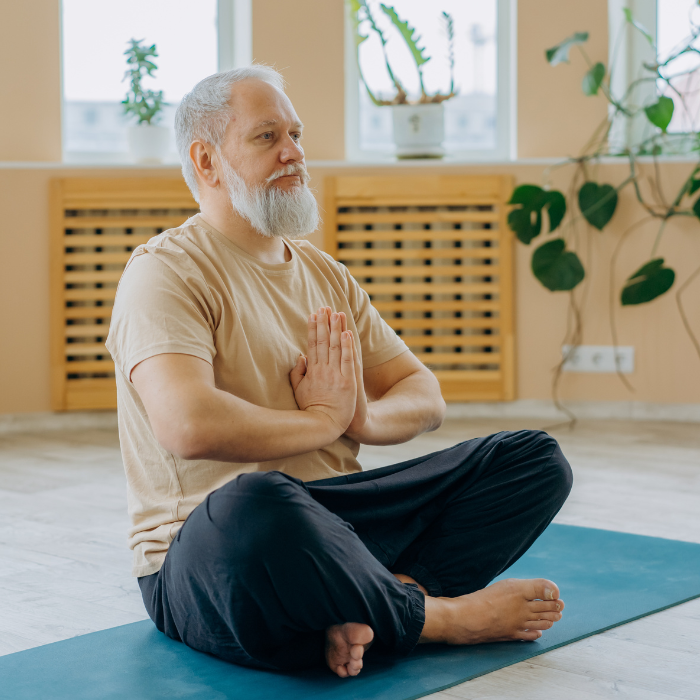Moving Mindfully

Mindfulness
Mindfulness is a form of non-judgmental awareness, which can be practiced at any moment during a person’s day. Over time, a consistent mindfulness practice can change how our body reacts to stress and anxiety.
According to OHSU, “the benefits of mindfulness are tangible and include physical and psychological improvements, as well as enhanced quality of life. A growing body of research has demonstrated that practicing mindfulness can significantly reduce blood pressure, depression, anxiety and pain, and improve neurological function. Evidence also suggests that mindfulness practice can significantly improve relationship functioning, stress-related burnout, and creativity.”
For more information, visit Mindfulness at OHSU | OHSU.

Mindful Walking in Nature
Mindfully walking in nature is an excellent alternative to seated meditation and may offer an easier starting point for a mindfulness practice. While seated meditation generally focuses on inner awareness and breathing, mindfully walking in nature asks you to utilize all of your senses as you take in your surroundings. Noticing the feeling of a breeze on your cheek, the sound of rustling leaves, the smell of a wet forest floor, seeing the shape of clouds change as they float over a ridge, and even the taste of a blackberry plucked along the trail. While these are all the kinds of things many people do on a hike, doing them mindfully helps us engage fully with our surroundings, noticing thoughts and emotions that may pull our attention away from what is in front of us. With regular practice, walking mindfully can offer similar benefits to a seated meditation practice.
For more information about Mindful Walking, see our blog or download this guide.

Yoga
Yoga is an effective stress-reducing mindful practice that also has significant health benefits. Consisting of physical poses, stretching, controlled breathing, and meditation or relaxation, yoga has been practiced around the world for thousands of years. According to the Mayo Clinic, “the potential health benefits of yoga include, stress reduction, improved fitness, and management of chronic conditions like heart disease and high blood pressure.” Versatile and highly accessible, yoga has many styles, forms and intensities, including Hatha yoga, which has been shown to be good for stress management. Beginners often like the slower pace and easier movements of Hatha yoga but most people can benefit from and find any style of yoga that fits their personal preferences. Although you can learn yoga from books and videos, beginners usually find it helpful to learn with an instructor. Classes also offer camaraderie and friendship, which are also important to overall well-being.
For more information about the benefits of yoga, visit Yoga therapy: Relieve pain, manage stress – Mayo Clinic.
To find local yoga classes, visit our Partners Page.

Tai Chi and Qigong
Tai chi and Qigong are ancient practices of postures and slow, gentle movements which have been shown to improve health and vitality. Both disciplines involve a meditative state of mind and controlled breathing.
Dating back as far as 5,000 years, Qigong developed as a practice of physical movements to keep bodily fluids like blood and lymph moving in order to sustain health. Later, Tai chi originated as an ancient martial art in China. Over the years, these practices have become more focused on health promotion and rehabilitation. According to the National Institutes of Health, Tai Chi and Qigong offer similar health benefits to Yoga and other mindfulness practices and Tai chi has ben shown to be beneficial in improving balance and preventing falls in older adults and people with Parkinson’s disease.
For more information, read: A comprehensive review of health benefits of qigong and tai chi – PubMed (nih.gov)

Resources
Mindfulness
www.ohsu.edu/mindfulness
Mindful Walking in Nature
Tai Chi & Qigong
www.nccih.nih.gov/health/tai-chi-what-you-need-to-know
